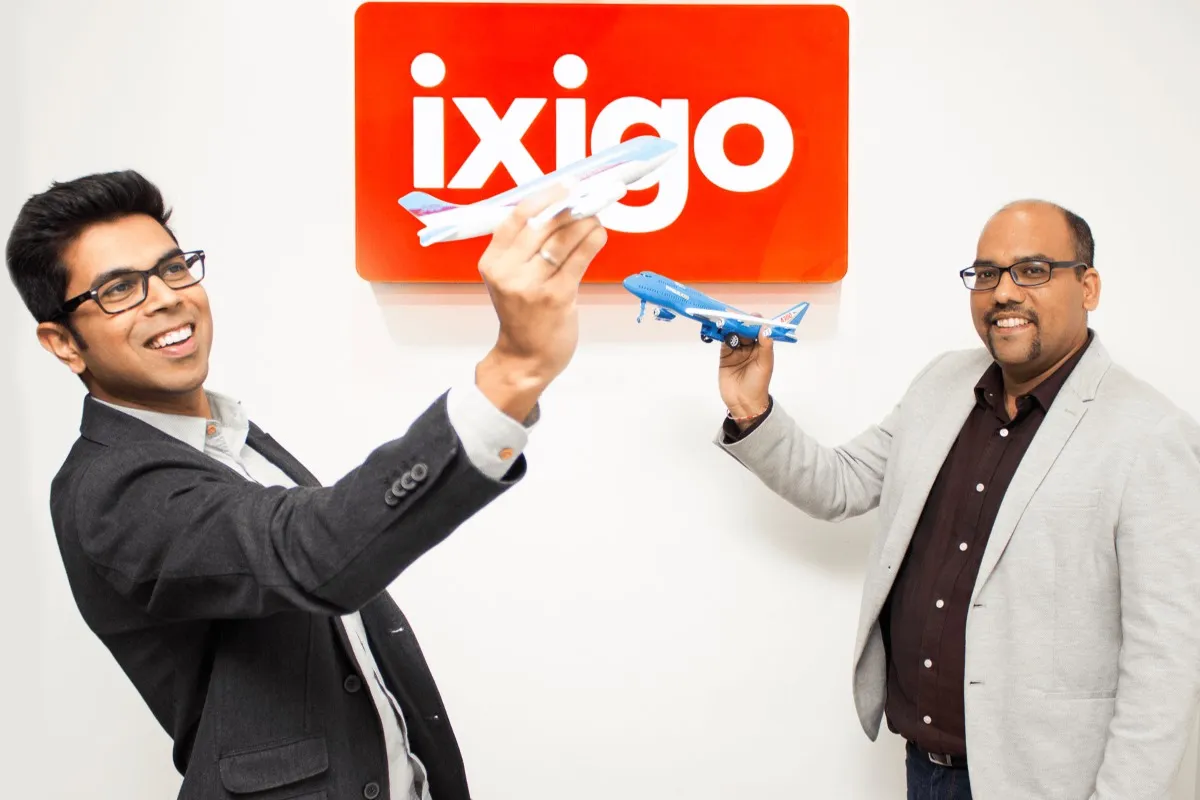Robots Came For Your Jobs, Now They're Coming for Your Vacations: Here's How

Skift Take
The robots were already coming for your jobs. Now they're coming for your vacations, too. Robot maker Propelmee will begin testing in mid-September at several UK attractions a virtual tourism robot called Challau.
People anywhere in the world can remotely control the robot, which looks like a Segway, via a simple, browser-based interface on their computer or smartphone.
"After you click a button, you'll see and hear what the robot's cameras and microphones are broadcasting live," said Zain Khawaja, founder and CEO of Propelmee. "If there's something you want to look at more closely, you can direct the robot to move forward, pause, or turn around. It's the real-time kinetic control that makes it much more dream-like and compelling than a live-streamed camera shot."
Propelmee, based in Milton Keynes, UK, hasn't disclosed yet which UK sites have agreed to participate but said the beta tests would be at outdoor attractions like zoos, castles, and arboretums.
https://youtu.be/V740ij1xBeo
Skeptics have scoffed at the notion of virtual vacations as poor imitations of real-life travel. And virtual vacations have been a minuscule business to date. But previous attempts at tele-presence tourism have lacked remote control.
"Google Street View, for example, is just a stitched-together set of 360-degree camera photos," Khawaja said. "You can only hop from one fixed position to another, and its not live."
Propelmee will offer free access to Challau online during its test phase this fall. But the plan for the commercial launch is to charge small fees for the tours. The startup will partly split the fees with the attraction operators as alternatives to ticket revenue.
"Some tourist sites are eager for customers because of the pandemic," Khawaja said. "They'll promote Challau via their channels, and we'll learn some lessons from how those virtual visitors use it. That will make the platform better and more varied, which will hopefully attract more tourist sites to try it."
Imagine the New Travel Services
One can imagine several uses for remote-control robots like Challau.
A major museum could use its after-hours quiet to offer tours to people elsewhere in the world who live in different time zones. Challau uses a mix of sensors and software so that it has an invisible fence around it, preventing any user from trying to use it to do damage such as by driving it into a wall, Khawaja said. So the tours could happen without human intervention overnight.
Cash-starved schools might replace long-distance, group trips to major landmarks with virtual ones done via a robot, where control can be shared between a teacher and students.
"We've thought about the potential of a franchise model where someone may have a lot of localized expertise about a location, like a bazaar in Turkey, and they can take custody of the robot and do a specialist experience as part of a virtual tour," Khawaja said.
Millions of people living with disabilities and seeking accessible travel might be able to explore parts of the world they had only before seen before in videos.
Nursing homes and assisted living centers could have a new activity of exploring areas remotely in virtual group outings.
"Even when I talk to my grandparents who live far from London say they would be excited to virtually tour Buckingham Palace or virtually walk in the park around it," Khawaja said.

Zain Khawaja founder and CEO of Propelmee at Cambridge Wireless DSRUPT event
Someday travel agents may be able to use a robot tour as a way to persuade a couple to book a real-life trip.
"Traditionally, people in some parts of the world have seldom traveled to places like London or Paris because of the financial strain," Khawaja said.
"That's an altogether untapped market, and it works conversely, where middle-class Westerners might be reluctant to go to parts of the world they consider exotic because they worry about language barriers or other factors," Khawaja said. "The virtual tour might help persuade people to make the real trip."
Event planners choosing among different resorts for lavish destinations might also take advantage of each property's virtual robot to take guided tours of a space and help narrow down their list of preferred venues.
Robot Avatars for Travelers
An Avatarin robot called Newme does a tour at Tokyo's Yashima Higashimachi acquarium. Source Avatarin.
It's not the only effort of its kind. In April, Japanese airline ANA spun out a startup Avatarin that's working to develop tele-presence robots, which look like electric scooters with tablet screens on top for video chatting. ANA gave $1.8 million in funding for the project, started by employees.
Avatarin's robots display a tourist's face and voice and enable two-way interaction with a local.
Looking ahead, UK company Autoura is perfecting Sahra, a sightseeing robot as part of an array of autonomous vehicle sightseeing and experiences tech.
Propelmee has been building autonomous robots since 2017. But it only recently turned its attention to tourism. Innovate UK and the Michigan Economic Development Corp. have bestowed grants.
Stay-at-home restrictions have prompted some creativity with variations on virtual tourism, with many tours-and-activities operators and resellers launching online experiences. For example, Chinese online travel agency Fliggy has partnered with several major European and U.S. art museums to offer livestreamed tours.
But travelers are seldom in control of their experience in these offerings, even with ones delivered by pre-recorded virtual reality and panoramic video.
For more context on virtual tourism, read our story "Pandemic May Revive Fortunes of Virtual Reality and 360-Degree Travel Content in a Few Niches."





